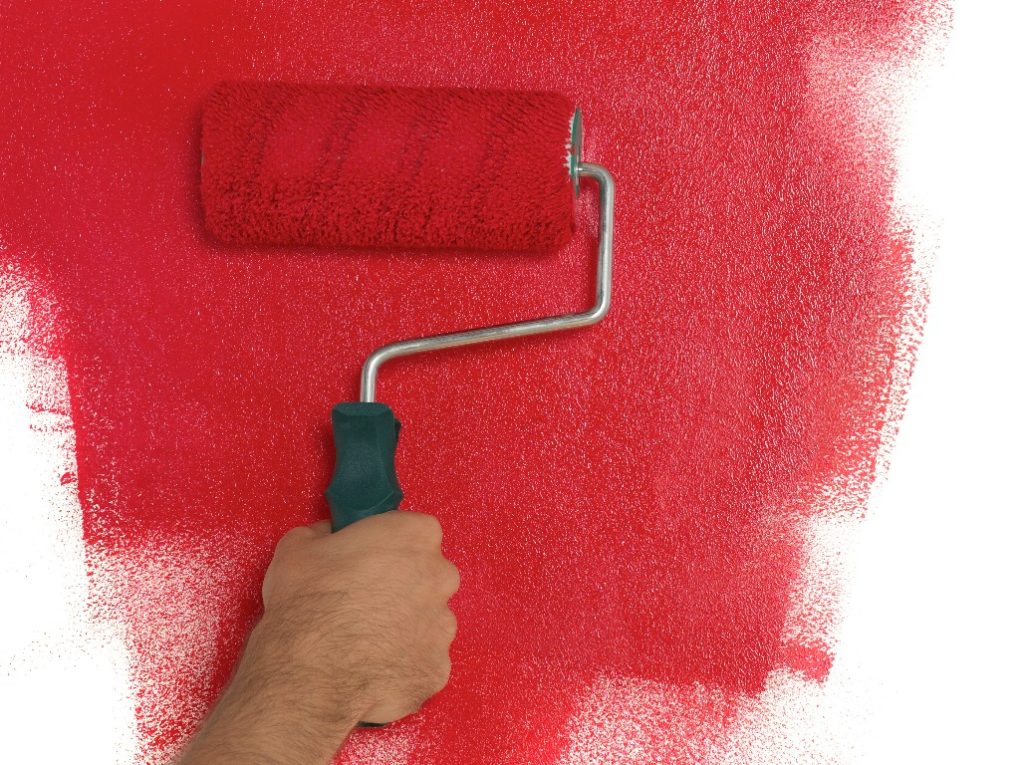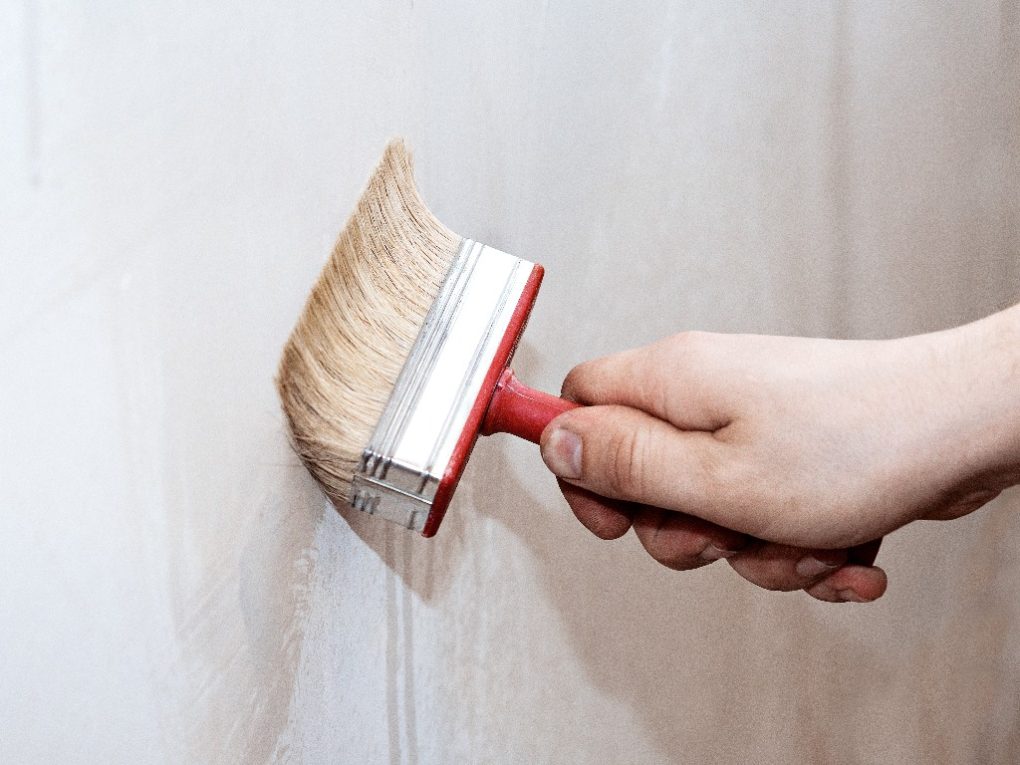Is Eggshell Paint Washable: Everything You Need to Know
Yes, eggshell paint is washable. The glossy nature of the paint makes it easy to wipe clean with a damp cloth and is also resistant to stains. However, it is important to use gentle cleaning methods and avoid harsh chemicals that can damage the paint.


Eggshell paint is popular for interior walls and woodwork due to its low-luster finish and durability. Understanding how to care for eggshell paint properly can help homeowners maintain the appearance of their walls and woodwork for years to come.
Factors That Affect Washability of Eggshell Paint
Paint Quality and Sheen
The quality of the eggshell paint itself is a significant factor in its washability. High-quality eggshell paints are formulated with durable binders and pigments resistant to wear and tear, making them more washable than lower-quality paints.
When choosing eggshell paint for a project, selecting a reputable brand and considering the paint’s durability and washability ratings is important. Eggshell paint falls in the middle of the sheen spectrum, between flat/matte and semi-gloss. Paint sheen refers to the level of gloss or shine in the paint finish, which can affect the paint’s washability.
Eggshell paint has a slight sheen, making it more washable than flat/matte paint, as it repels water and stains better. However, it may not be as washable as semi-gloss or gloss paints, which have higher sheen levels and are more resistant to moisture and stains.
Surface Preparation and Application Technique
Proper surface preparation before painting can also impact the washability of eggshell paint. The paint may adhere well if the surface is properly cleaned, primed, and prepped, improving washability.


It’s important to clean the surface thoroughly, remove any dirt, grease, or stains, patch any holes or imperfections, and apply a suitable primer before applying eggshell paint for optimal adhesion and washability.
The technique used for applying eggshell paint can also affect its washability. For example, if the paint is applied too thinly or too thickly, or if there are streaks or uneven coverage, it may not be as washable and show signs of wear or damage more easily.
Proper painting techniques, such as using even brush strokes or roller coverage, and allowing adequate drying time between coats, can help ensure a more durable and washable finish.
Cleaning Agents and Maintenance
The cleaning agents or chemicals used for cleaning the painted surface can also impact the washability of eggshell paint. Harsh or abrasive cleaners, solvents, or chemicals can damage the paint finish, strip away the paint, or cause fading or discoloration.
It’s important to use mild, non-abrasive cleaners and follow the manufacturer’s recommendations for cleaning eggshell paint to avoid damaging the finish. Regular maintenance and care of the painted surface can also affect the washability of eggshell paint.
Promptly addressing any spills, stains, or marks and cleaning them with appropriate methods can help maintain the paint’s washability and prevent dirt or stains from falling and becoming difficult to remove.
How to Clean Eggshell Paint
Cleaning eggshell paint requires a gentle approach to avoid damaging the paint finish. Use a soft, lint-free cloth or a feather duster to remove dust and dirt from the painted surface gently. Avoid using abrasive materials, as, in my experience, they can scratch the paint.
Mix a small amount of mild dish soap or a gentle all-purpose cleaner with warm water in a bucket. Before cleaning the painted surface, test the solution in a small, inconspicuous area to ensure it does not damage or discolor the paint. Wait for the test area to dry completely before proceeding.


Dip a soft cloth or sponge into the cleaning solution, then wring out excess water. Gently wipe the painted surface, using gentle circular motions or light strokes, starting from the top and working your way down.
Avoid applying excessive pressure or scrubbing vigorously, as it can damage the paint. Pay extra attention to areas with stains or marks, and avoid getting the paint too wet. Once you have cleaned the painted surface, rinse your cloth or sponge with clean water, and wipe down the surface to remove any soap residue.
Make sure to rinse thoroughly, as soap residue on the surface can attract dirt and cause streaks. Use a clean, dry, lint-free cloth or towel to pat the painted surface gently. Avoid using abrasive materials or rubbing the surface vigorously, as it can damage the paint.
Suppose stubborn stains cannot be removed with mild soap and water. You can use a mild cleaning solution specifically formulated for painted surfaces following the manufacturer’s instructions. Avoid using abrasive cleaners, solvents, or chemicals that can damage the paint.
Avoiding excessive moisture on the painted surface is important, as prolonged exposure to water or excessive moisture can damage eggshell paint. Avoid leaving water on the surface and promptly dry up any spills or splashes to prevent water from seeping into the paint. Regularly dusting and cleaning your eggshell-painted surface can help maintain its cleanliness and appearance.
Pros and Cons of Eggshell Paint
Pros
Eggshell paint is known for its durability, making it resistant to wear and tear, such as scuffs, scratches, and stains. This makes it a great option for high-traffic areas, such as hallways, living rooms, and kids’ rooms.
This paint has a moderate level of washability, which means it can be cleaned with mild soap and water without easily damaging the paint finish. This makes it relatively easy to clean and maintain, making it suitable for areas prone to dirt and stains.
Eggshell paint has a low sheen finish that falls between flat and satin, giving it a subtle, smooth, and slightly lustrous appearance. It offers a soft, velvety look that adds a touch of sophistication to interior walls without being too glossy or dull. It also can conceal minor surface imperfections, such as small cracks, dents, and uneven patches, making it a good option for walls with less-than-perfect surfaces.
In addition, eggshell paint is versatile and can be used in a wide range of interior spaces, from living rooms to bedrooms, hallways, and even bathrooms and kitchens, as long as they are properly ventilated and not subjected to excessive moisture.
Cons
While eggshell paint is moderately washable, it may not be as resistant to tough stains, such as oil-based or permanent markers, as other higher-sheen paints. In addition, stubborn stains may require additional cleaning efforts or even repainting.
Eggshell paint is less scrub-resistant than higher-sheen paints, such as semi-gloss or gloss. It may not withstand vigorous scrubbing or clean with abrasive materials without potentially damaging the paint finish.
Touching eggshell paint can be tricky, as achieving a seamless blend with the existing paint can be challenging due to eggshell finishes’ low sheen and subtle texture. Proper surface preparation and careful color matching are crucial for achieving satisfactory touch-up results.
Eggshell paint can reflect light unevenly, which means that in areas with varying levels of natural or artificial light, the paint may appear differently, causing variations in color or sheen. It is less moisture-resistant than higher-sheen paints, such as semi-gloss or gloss. It may only be suitable for areas with high humidity or excessive moisture, such as bathrooms, kitchens, or laundry rooms, with proper ventilation and moisture management.
